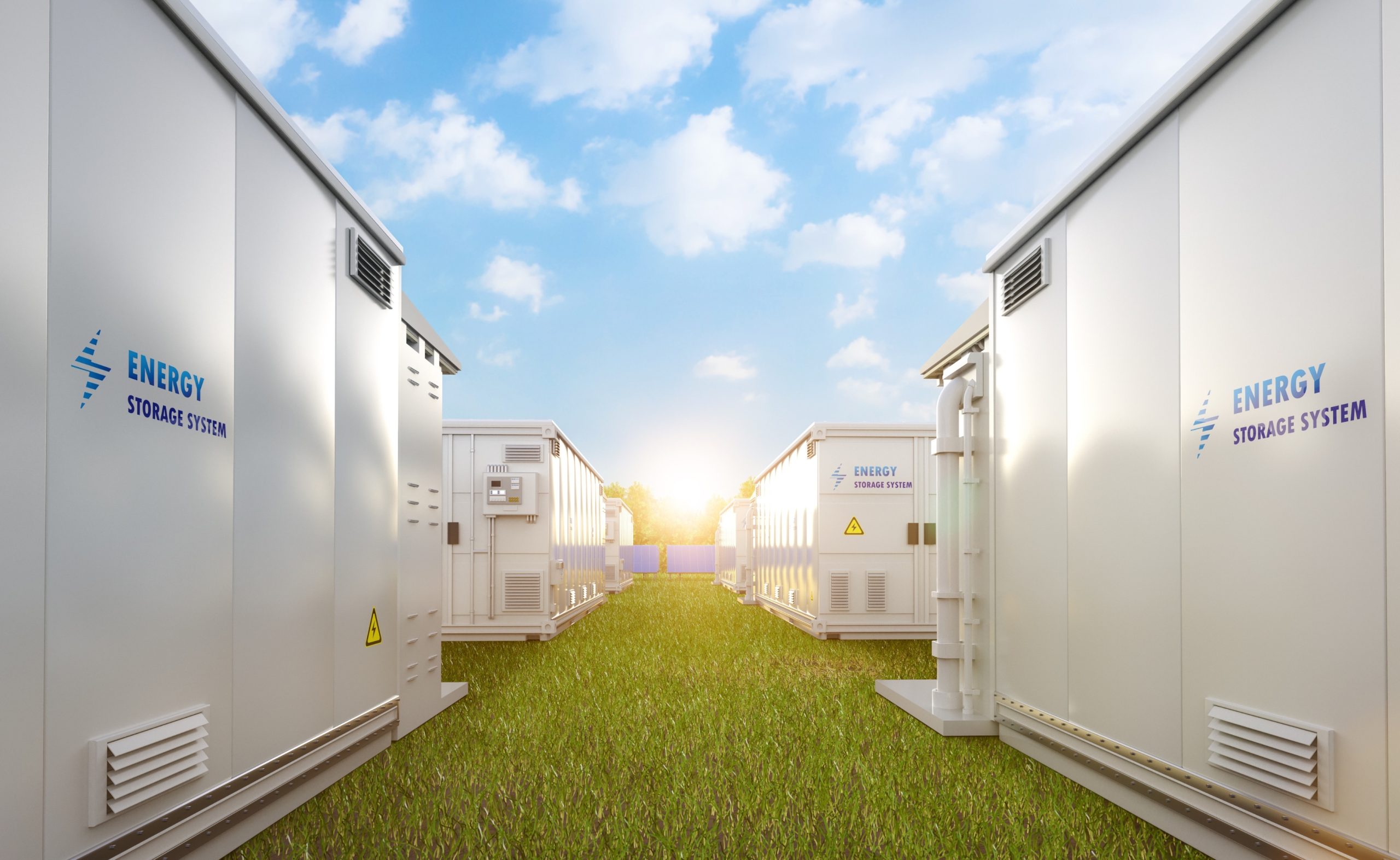The Urgent Need for Battery Recycling in a Rapidly Expanding Market

As fossil fuels are phased out, the growing reliance on EVs, portable electronics and BESS highlights not only the essential role of batteries in a sustainable future, but also the urgent need to manage end-of-life batteries safely and responsibly.
According to Research and Markets Battery Market Report (May 2025), the batteries market is forecast to grow from $127.46 billion in 2024 to $139.72 billion in 2025, at a compound annual growth rate (CAGR) of 9.6%. Looking further ahead, this figure is expected to reach $196.97 billion by 2029, maintaining a CAGR of 9%.
The Driving Forces Behind Battery Market Growth
Several converging factors are powering this expansion. On the consumer side, portable electronics and increasing connectivity via IoT are fuelling demand. On the industrial side, the surge in electric vehicles and global renewable energy targets are playing a transformative role.
Take the EV sector as a prime example. A report by the International Council on Clean Transportation reveals that plug-in electric vehicle sales rose from 3% of new vehicle sales in Q1 2021 to over 10% by Q3 2023. This trajectory is only set to continue as global mandates push automakers toward full electrification.
The clean energy transition also plays a pivotal role. In the United States, utility-scale non-hydropower energy storage installations hit a record 4.8 gigawatts (GW) in 2022, increasing total installed capacity to 11.4 GW, up from just 3.7 GW in 2021. This growth highlights the indispensable role of batteries in stabilising energy grids powered by solar and wind.
Why Battery Recycling Must Catch Up
However, as the market booms, the question becomes: what happens to all these batteries when they reach the end of their life?
Without scalable recycling solutions, the environmental gains of electrification risk being undermined. Lithium-ion batteries contain critical materials such as lithium, cobalt, nickel, and mangansese- resources that are finite, costly, and often sourced through environmentally and ethically challenging supply chains. Allowing these valuable materials to go to waste is not just a missed opportunity, it’s a growing threat.
At Recyclus, we’ve shown industry-leading capability by successfully processing damaged and defective BESS cells, positioning ourselves as a trusted partner for the energy storage sector.
We continue to enhance our infrastructure and innovate our technologies, ensuring we stay ahead of evolving industry demands and maintain our role as the preferred supplier for safe and efficient battery recycling.
Meeting the Moment
The next five years will define whether the battery industry can scale sustainably. With demand accelerating and innovation pushing boundaries, the need for end-of-life battery solutions has never been greater.
A truly electrified future depends not only on how we power it, but on how we recover, recycle and reuse the critical materials that make it possible.
